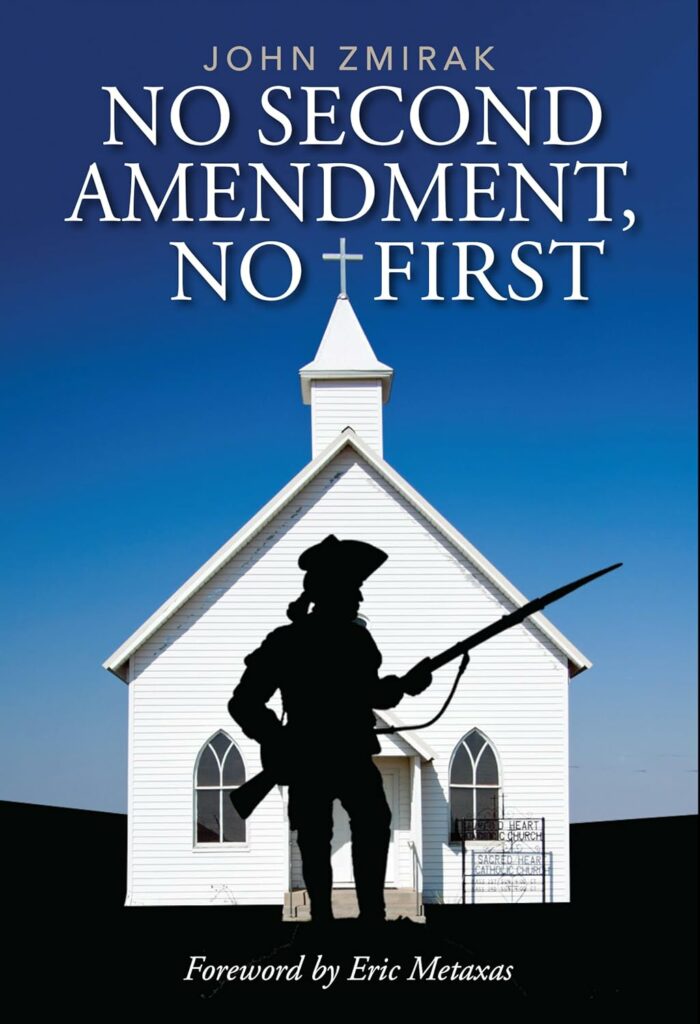The New York Times Chooses the Liberal Words
“That’s advocacy, isn’t it?” Fox News’ Tucker Carlson asked the New York Times‘ public editor, Liz Spayd, as he held up a copy of the newspaper with a biased liberal headline. “I don’t consider it advocacy,” Spayd answered.
Not bias? Spayd then admitted something almost as bad. “I consider it almost an ‘unrecognized point of view,’ that the Times has, being in New York, being in a certain circle, and seeing the world in a certain way. Not being in touch with people who don’t live like them ….”
Spayd had already written in the newspaper itself about “the newsroom’s urban progressives.” She recently admitted that the Times badly misunderstood the election. After all, on the afternoon of election day, the website told readers Clinton had an 84% chance of winning. Their reporters, she said, didn’t write “the kind of agenda-free, deep narratives that could have taken Times readers deeper into the lives and values of the people who just elected the next president.”
The NYT would do well to plant some roots in Red America https://t.co/HDd4SFJqtq
— Liz Spayd (@spaydl) November 9, 2016
Will the editors listen to their public editor? Maybe. Even if they do, there’s a limit to how unbiased the newspaper can be. The editors and writers can’t escape the bias in their own instruction manual. The New York Times Manual of Style and Usage requires the newspaper’s journalists and editors to use words and phrases slanted to the left. Here are some examples.
The Newspaper’s Biased Style Manual
The editors don’t think they’re biased. The preface to the new edition says, “We are journalists — not scholars or poets, entertainers or advocates.” But they are advocates, as any reader should notice. They half admit a couple paragraphs later: the new version reflects “our broader sense of shifts in usage or on social issues.” Whose sense? American liberalism’s.
One article title actually contained two biased phrases: Government Shutdown Could Harm Anti-Abortion Cause, Campaigner Says
Here’s one good example. The manual states that the phrase assault weapon, which is often prefaced by military style, is to be used to describe a vast number of semi-automatic rifles that have additional add-on parts. How is this biased? It confuses very different kinds of weapons.
For years, the term assault weapon was kept for fully automatic weapons. “Automatic” only means automatically-loading, and semi-automatic weapons load only one bullet at a time. Many of these rifles the Times calls assault weapons are semi-automatic rifles modified for greater shooting accuracy, not high-capacity fully automatic weapons like those used by the military.
What’s the effect of confusing different types of rifles? Supporting gun control. As gun-control activist Josh Sugarmann gleefully wrote, “The weapons’ menacing looks, coupled with the public’s confusion over fully automatic machine guns versus semi-automatic assault weapons — anything that looks like a machine gun is assumed to be a machine gun — can only increase the chance of public support for restrictions on these weapons.”
Immigration or Immigrant?
Here are other examples. The style manual tells writers to use illegal immigration rather than illegal immigrant. The first word “describes the issue rather than an individual, [and] is less likely … to be seen as troubling.” Seen as troubling by whom? By liberal editors and readers.
The manual also tells reporters: “do not use illegal as a noun, and ignore the sinister alien.” Movies may have made Alien sound sinister, but it’s a proper legal term used in American law. Foreign corporations, for example, are properly called alien corporations.
The New York Times is quick to use words like “controversial” when describing conservatives and conservative values. It does not use it for liberals and their values.
The manual doesn’t tell Times‘ journalists how to describe people’s attitudes toward illegal immigration. As a result, in practice positions that might be more fairly called “firm” or “strong” or even just “conservative,” become “hardline.”
As for the word Islamist, the manual says: “Avoid implying that it is synonymous with extremist or terrorist.” In practice, the newspaper uses the word militant when extremist or terrorist would be more accurate. The terrorist group Hamas is referred to as “the militant Islamic movement in the Middle East.”
The Times is just as biased in its choices for abortion coverage. A pro-lifer must be called an anti-abortion campaigner. The pro-choicer or pro-abortionist must be called an abortion rights advocate. The unborn child is always to be called a fetus, not a baby — even if the pregnancy is “planned” and the child “wanted.”
In the entry on “African-American, Black,” the manual tells the Times‘ writers, “Try to determine and use the term preferred by the person or group being described.” That’s a good policy. If only the editors applied it to people like pro-lifers. But here as in other examples of the manual’s bias, they want to tell readers what to think by controlling the terms they use.
Follow Rachel on Twitter at Rach_IC.


